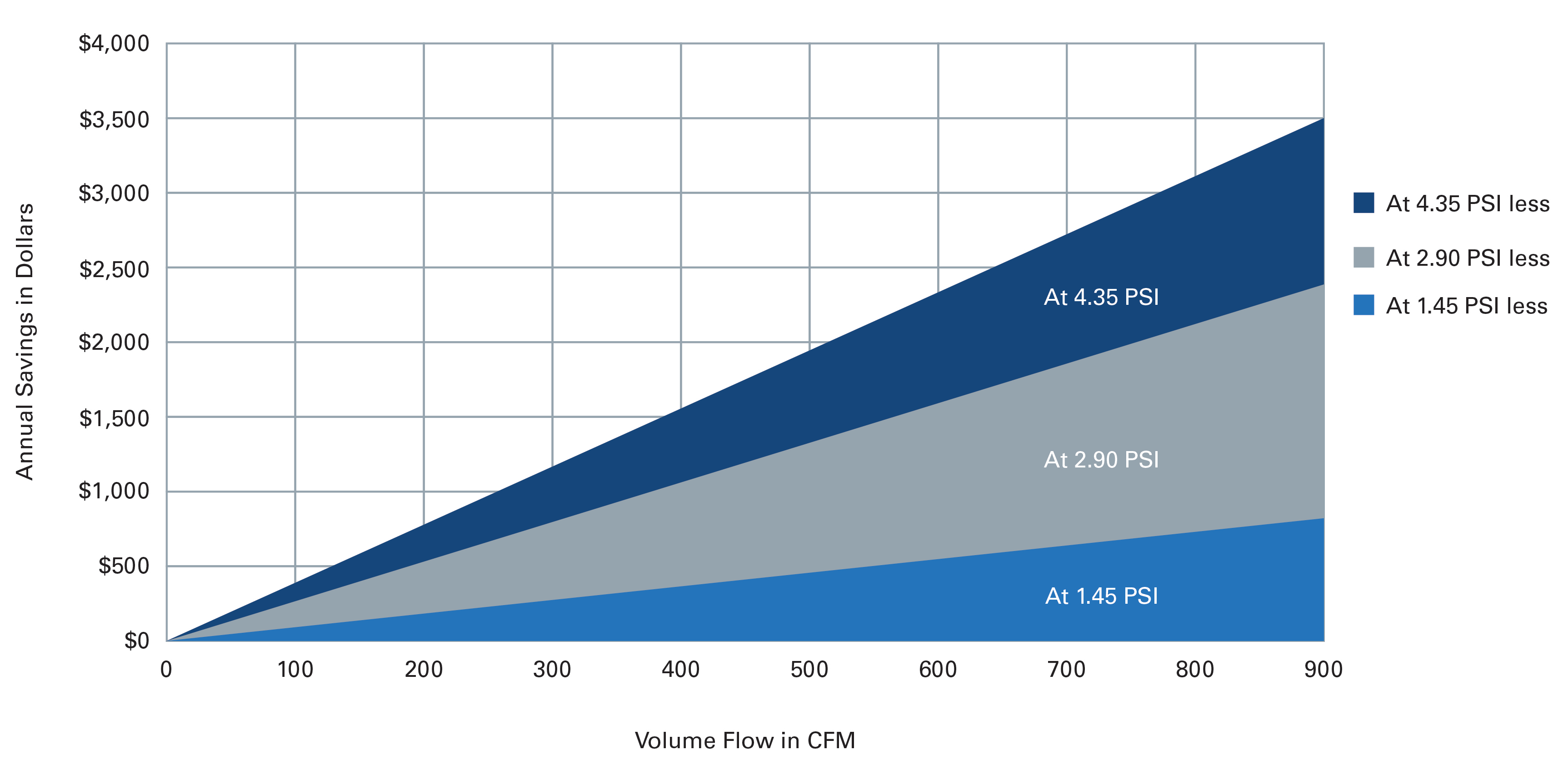Three Tips for Filtering Compressed Air – Donaldson and EHL Group
Three Tips for Filtering Compressed Air from your partners in filtration – Donaldson and EHL Group
By Colter Marcks, Donaldson Process Filtration
Compressed air is a common utility in the processing of foods, beverages, and other consumables. Filters on a compressed air line help remove potential contaminants, including particles or lubricants shed by the compressor, and condensation that occurs as the air cools. Because moisture allows bacteria to breed, keeping air clean and dry is crucial.
You can learn where to install compressed air filters in your process by consulting ISO 8573-1, the international standard for clean, dry air. Once you’ve determined the proper locations and micron sizes for the filters you require, there are other things to know before making your filter purchases. Not all filter manufacturers observe industry standards and, to the same degree, their testing and labelling processes can vary significantly.
The below tips on filtering compressed air will assist the decision making process in ensuring the correct and most efficient filtration selection is achieved to protect downstream applications.

1. Look for meaningful micron ratings.
Unless you are well-versed in filtration, some filter labels can be misleading. For example, there are elements on the market that claim to capture 99.999% of particles at 0.01 micron. This sounds impressive, but particles that size—1/5,000ththe width of a human hair—are too small to pose an actual risk and in fact are easier to capture than larger ones.
When shopping for filters based on micron size, consider the actual contaminants present in your system, such as aerosolized oil, which has a diameter of 2 microns. For this job, you’ll want a 2-micron filter. Be sure to look for efficiency data, not just the micron size. Some filters labelled 2-microns remove only 85% of particles that size. When Donaldson labels a filter 2-microns, you can be assured it has been independently verified to provide 98% efficiency in that range.
2. Insist on filters tested in wet conditions.
The compressed air filter you select should keep on working after they collect the oils and condensation from the air stream. As moist air passes through the filter, liquid surface tension can build up that restricts airflow—much like breathing through a drinking straw during exercise. The more restrictive the filter, the more work (and energy) is required to move the air.
Restriction is measured in “differential pressure” or dP. When you’re comparing filters, look for one tested for dP in a wet operating condition—the test method specified by ISO standards. Some manufacturers only test their filters dry, which fails to account for the liquid surface tension issue. All things being equal, a higher performing filter will have a lower wet pressure drop, and you’ll be able to find this fact on the filter’s technical data sheet.
Energy Cost Savings Through Reduction of Pressure Drop

3. Consider hydrophobic and oleophobic media.
Because airflow is so important, aim for high-quality media inside the filter. The best materials are depth-loading and moisture-resistant, meaning they can draw liquid from the air stream and quickly drain it away. Donaldson P-SRF compressed air filters are made with oleophobic and hydrophobic fibres that shed oil and water and maintain a drier state. Their borosilicate media is free of binding resins (glues) common in traditional filters, which tend to block airflow.
Higher-quality filter media leads to a lower total cost of ownership. Consider just one filter designed for airflow of 1,000 cubic feet per minute (cfm). Every additional pound per square inch (psi) of pressure required to overcome restrictions in that filter adds an estimated $1,000/year in energy costs.* Over a typical filter life of 10 years, a higher- quality media in that one filter location alone could save the business $10,000.
Once you have selected the right filters, make sure you are operating and maintaining those elements properly. Here are some key reminders:
- Monitor pressure drop across the filter with gauges upstream and downstream from the element. A drop in differential pressure (dP) may mean it is time to change the filter. This is more accurate than periodic visual inspection.
- Use a zero-loss drain, which senses the level of collected water and opens automatically. This drain design helps retain compressed air in the system. Air leaks can also rack up energy costs.
- Don’t dispose of the collected oil and water down the drain. Oil is considered a hazardous waste. Install an air-oil separator to extract the oil from the emulsion and dispose of it properly.
For compressed air filtration system that works economically and effectively, consider the P-SRF line of sterile air filters. Their advanced technology helps lowers operating costs while improving the purity of air used in product processing and packaging.
For help configuring the optimal filtration for your compressed air system, EHL Group today.


